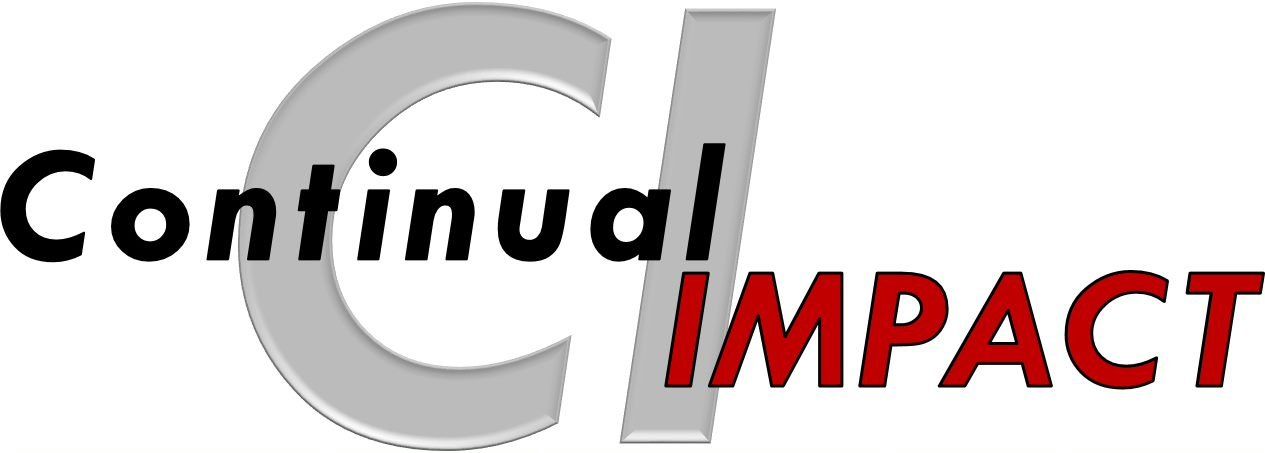Innovation is EVERYWHERE.
We experience innovation in our work processes, services we receive, and products we purchase. Innovation is in the minds and spirits of us all – we want to make life experiences better. It really is everywhere!
What innovation comes to mind? Uber? AI and robotics? Use of hand-held connected device vs. pen and paper? Changing the sequence of process steps? Change seating arrangement to encourage communication? Change tooling direction to reduce repetitive injuries?
If you experience a gap, there is a need for innovation. Welcome, you are now in step 1 of the Innovation Process! Now the challenges and FUN begins. Identifying the gap is the 1st and often the easiest process step. Yes, there is a process to innovation. You may be saying to yourself, “Why a process?” Because today,
30-80% of all innovation attempts fail. Many innovations never reach the light of day due to several causal factors like the need is not great, little receptivity, change not managed, or the entire innovation process wasn’t followed.
The 7-step Innovation process. 7 Steps! Yep, innovation takes focus, discipline, creativity, fortitude, and even failure (failure throughout the process is OK, just not at the end).
1. Prepare – Understand gap, goal, and level of change resistance
2. Target
– Evaluate data (customer, environment, employees)
3. Generate
– Create solutions, evaluate, and select
4. Develop – Develop the solution (end to end, high and low level of detail)
5. Test & Learn – Test, learn from testing, and adjust the solution
6. Install –
Effectively install the solution
7. Replicate – Develop knowledge based and replication strategies/plans
The innovation process can also be viewed as an iterative learning process as it utilizes many techniques and templates to generate, develop and test solutions, lock in learning, and increase probability of success as you work through the process. Some of these powerful improvement and change techniques include goal setting, quality function deployment, extended value stream mapping, TRIZ, creative destruction, and FMEA,
What makes innovation different than other process, service, and product improvements? More time in solution generation, development, and testing. AND The amount of change resistance you, the team, or the market need to overcome.
What is the impact on our team? on ME? Change resistance appears as denial, fear, anxiety. You hear: “I like my pen and paper”, “That will never work”, OR “This is way out of my comfort zone”.
Why utilize the innovation process? Here are a few innovation benefits for the:
- Team: increased creativity, excitement, pride, commitment, and retention
- Customers: recipients of better products and services, see you as valuable and focused on me, the customer
- Organization: better market offerings, industry leadership, improved quality, decreased costs, increased customers and revenue, portfolio diversification, increased learning, sharing, and focus
- Suppliers and Partners: part of a winning team, increased collaboration and support

